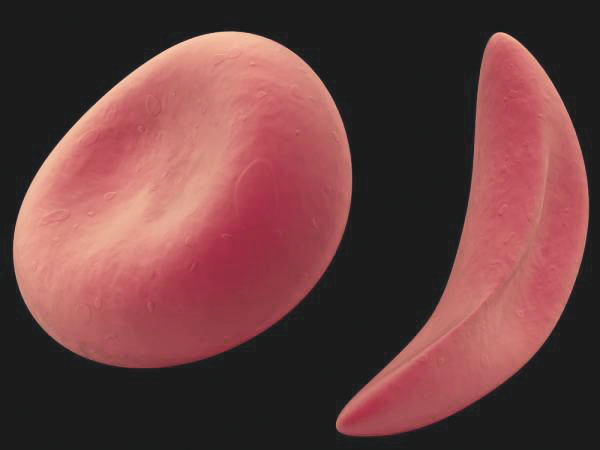

Consanguineous marriages are to blame for the increase in the number of children with Sickle Cell Anaemia, Thalassemia and other diseases, medical experts have said.
The rising number of neonatals with deformities should be curbed through awareness campaigns and other measures, they said.
“Although consanguineous marriages are not popular among people in the cities, their numbers are very high in tribal areas, the inter-family marriages still take place,” Dr Revathy Raj, Senior Consultant BMT (Bone-Marrow Transplantation) and expert on the Thalassemia scenario in the Arab world, said.
“Marriages within close families are considered to be the major reason for most of the genetic disorders, including Down Syndrome,” she said.
Some exclusive symptoms have been noticed in children suffering from such deformities in Oman. ‘Haemoglobin Dhofar’ and ‘Haemoglobin S Oman’ are two variants that are specific to the population of Oman,” said Dr Revathy.
“Patients with HB Dhofar don’t present with anaemia in infancy but at slightly later ages, such as three to four years from birth. We call it ‘Thalassemia Intermedia’,” she said.
With the passing of time, symptoms can become severe, requiring regular blood transfusion for patients.
Those with ‘S Oman’ too require blood transfusion, though their symptoms are not as severe.
Oman has a higher incidence of consanguineous marriages compared with most Arab countries and ranked sixth among other countries in the region, according to a recent study.
This high percentage (52 per cent) is the main cause of congenital disorders among children. Unless controlled, this can prove to be a “major villain” in the years to come.
The number of consanguineous marriages is highest in Dhofar Governorate and lowest in Muscat, says the study. Dhofar recorded 61 per cent of such marriages, Sharqiyah 60 per cent and Muscat 46 per cent.
Mostly marriages between first cousins show the same pattern, but nuptial ties between other degrees of relations is highest in Muscat (19.1 per cent) and lowest in Dhahirah (5.9 per cent), says the study released by the Sultan Qaboos University (SQU).
“Marriages between close relatives need to be avoided in order to keep diseases like Thalassemia and Sickle Cell Anaemia among newborns at bay,” said Dr Revathy.
Hailing the efforts of the Ministry of Health, she said the state-of-the-art BMT programme and screening programme instituted by the government are laudable.
“Awareness campaigns and education are helping reduce the number of such marriages. Until we have regular newborn screening, we wouldn’t know the actual figures.”
Dr Nigel Kuriakose, Department of Anaesthesia and ICU, Sultan Qaboos University Hospital, says various studies over the years have established the relationship between consanguineous marriages and inherited diseases, disorders and even stillbirths. Most common disorders recorded are cases of mental retardation and limb defects among children.”
He said time and again, consanguineous marriages have been found to be linked to genetic diseases which suggests that couples may have inherited deleterious lethal genes from a common ancestor. When transmitted to their offspring, it can lead to prenatal, neonatal, child morbidity or mortality.”
KABEER YOUSUF
Oman Observer is now on the WhatsApp channel. Click here



